As we continue our discussion about what is and is not a challenger brand, here’s a hint: market position is table stakes. By strict definition, the only brands that aren’t challenger brands are market leaders. Of course, that’s an awfully unimaginative definition, and imagination is a hallmark trait of true challengers. I’ll continue the illustration started in my last blog using our example of Charles Shaw’s Two Buck Chuck to talk about what truly separates challenger brands from the field.
State of Market
State of market refers to a company’s position in the marketplace or, more specifically, its position in its category. In the more than $62 billion U.S. wine business, Charles Shaw Chardonnay is far from the best-selling Chardonnay in terms of units sold. And at a selling price of just $2 per bottle in 2007, the company wasn’t leading the pack with respect to revenue generation.
Challenger brands are never traditional category leaders. They may be large companies in their own right, but number one they are not. Franzia has sold more than half a billion bottles of Charles Shaw Chardonnay, but they are not the biggest fish in their pond. What they are is a brand with a “culture of ambition.”
Challenger brands like Charles Shaw don’t enjoy the seemingly endless resources of category leaders. Instead, they choose to “outthink their competition rather than outspend them.”







